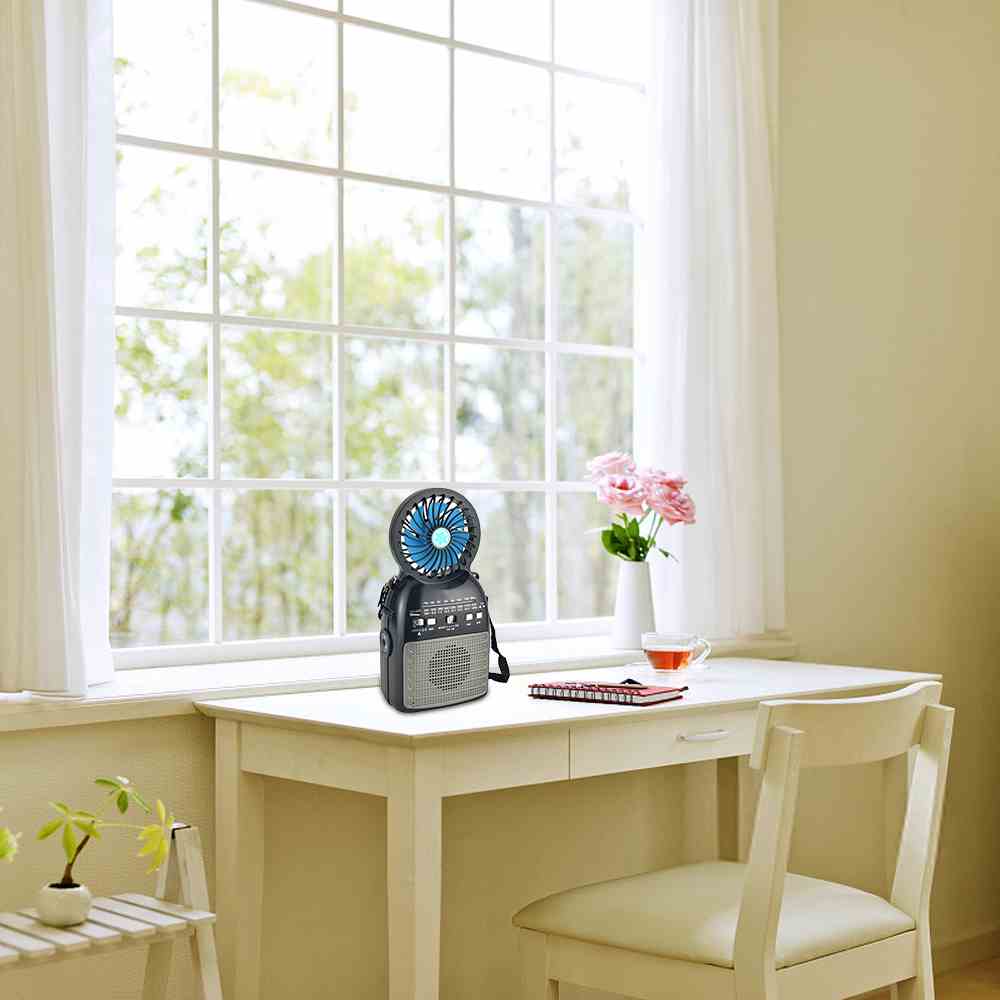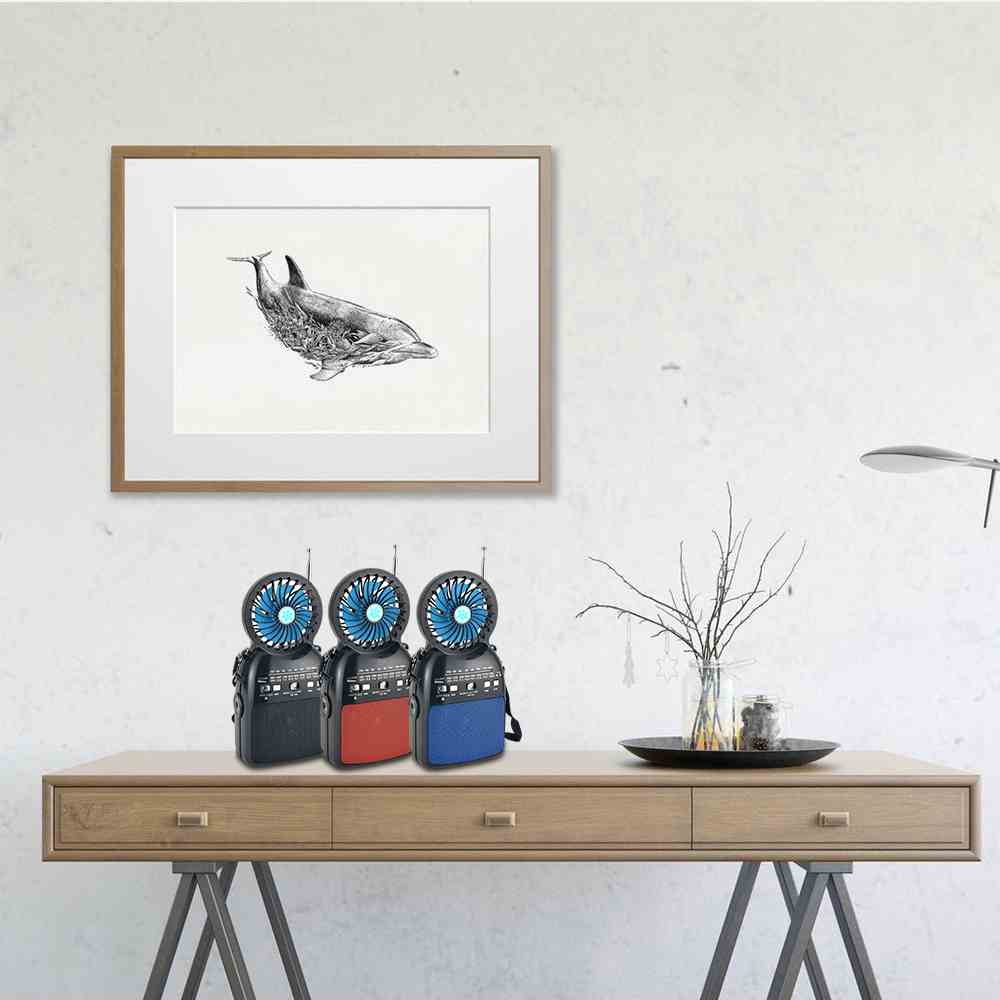How do engineers determine the crossover points and slopes for a speaker system?
Determining the crossover points and slopes for a speaker system involves a combination of engineering expertise, measurement techniques, and subjective evaluation. Here's an overview of the typical process followed by engineers:
Driver Analysis: Engineers start by analyzing the frequency response characteristics and capabilities of each individual driver (e.g., woofer, tweeter) that will be used in the speaker system. This includes examining factors such as frequency range, power handling, distortion levels, and off-axis response.


Target Frequency Response: Engineers establish a target frequency response for the speaker system based on the desired sound characteristics and intended application. This target response defines the ideal balance of frequencies across the audible range, taking into account factors like neutrality, smoothness, and desired tonal balance.
Measurement and Analysis: Using specialized measurement equipment such as an audio analyzer and measurement microphone, engineers conduct frequency response measurements of each driver individually and also when combined in the speaker system. These measurements help identify the individual driver's response characteristics and potential anomalies.
Frequency Overlap: Engineers consider the frequency response measurements of each driver to determine the optimal crossover points. The crossover points are typically chosen to ensure a smooth transition between drivers and to avoid frequency gaps or overlaps in the combined response of the system.
Slope Selection: The slope of a crossover determines how quickly the response rolls off above or below the crossover point. Common slope options include 6 dB/octave, 12 dB/octave, 18 dB/octave, and 24 dB/octave. Engineers select the slope based on factors such as driver characteristics, desired system behavior, and off-axis response considerations.
Simulation and Modeling: Engineers may use specialized software or simulation tools to model the crossover network and simulate the resulting frequency response. This helps in fine-tuning the crossover design and evaluating its impact on the overall system performance.



Iterative Process and Listening Tests: The crossover design process often involves iterations and subjective evaluation through listening tests. Engineers may adjust the crossover points, slopes, and component values based on their subjective judgment and feedback from experienced listeners. This iterative process aims to achieve the desired sound quality and overall system performance. It's important to note that designing crossovers for optimal performance requires experience, expertise, and an understanding of the specific drivers being used. Additionally, considerations such as phase alignment, driver integration, and impedance matching are also taken into account during the crossover design process.
Over all, the determination of crossover points and slopes involves a combination of objective measurements, simulation tools, and subjective evaluation to achieve the desired sound characteristics and system performance.
